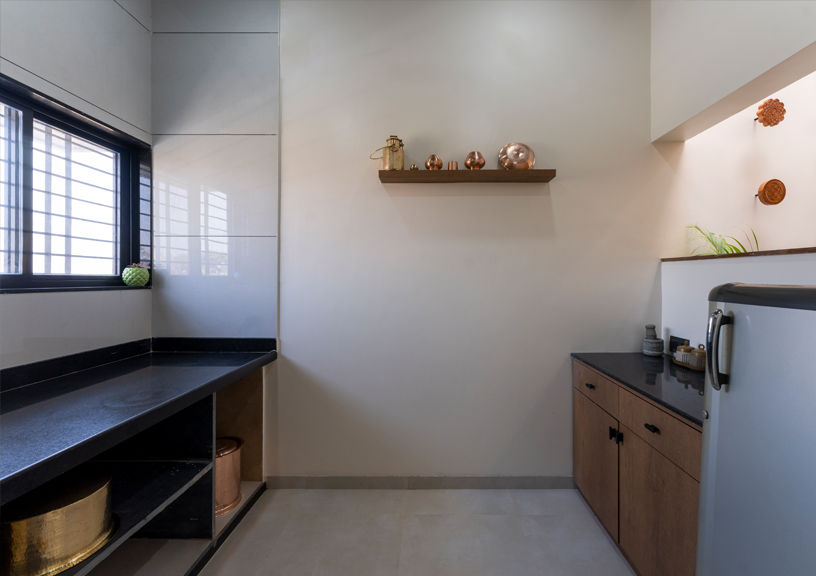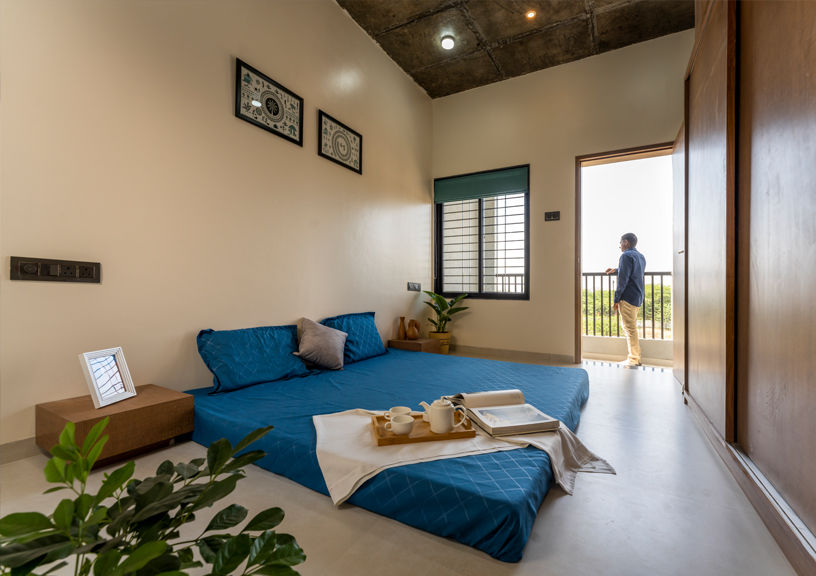An employee of Studio78 Architects approached Principal Architects Deepak Mane, Girish Aher and Kedar Kale with an interesting yet challenging pursuit. He wanted them to design his dream home – a small plot with an equally small budget and a precise brief. A two bedroom house for a lower middle-class family at an affordable budget of just INR 15 lakhs. Sounds impossible? Read on…
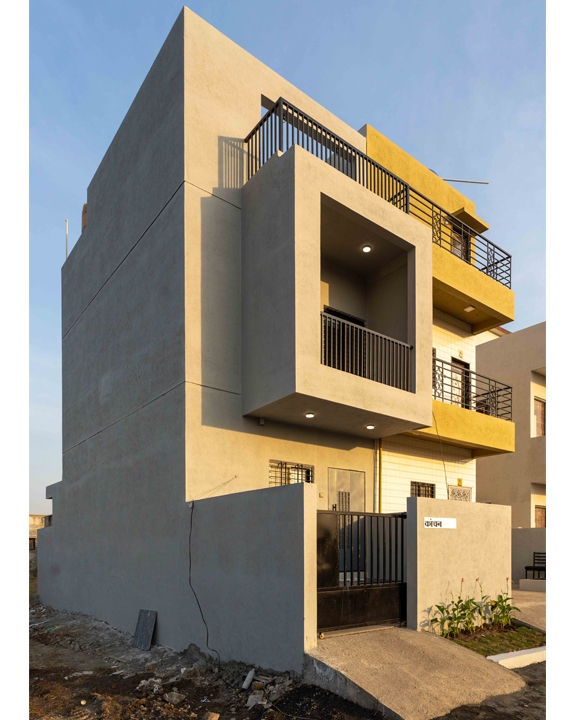
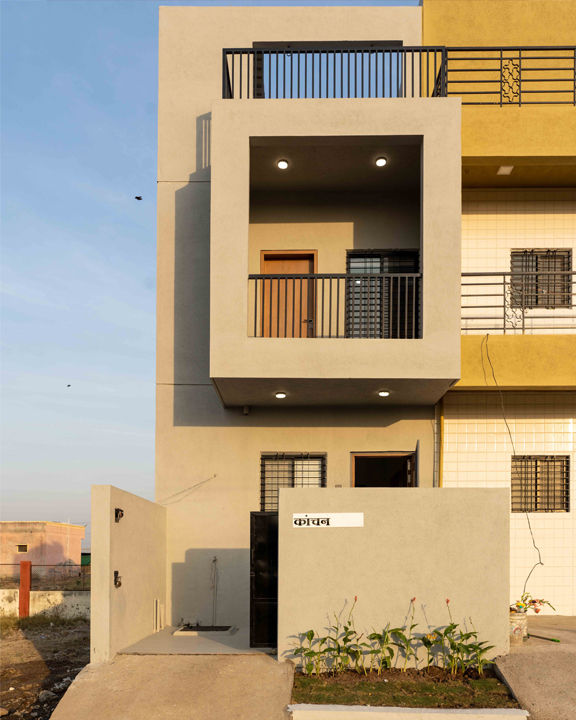
Site Context:
It was a west-facing plot of dimensions 14’3” x 45’0” situated in residential area in the outskirts of Ahmednagar city. There were attached houses on the either side of the plot with only front and rear sides open to tap in the daylight and natural ventilation.
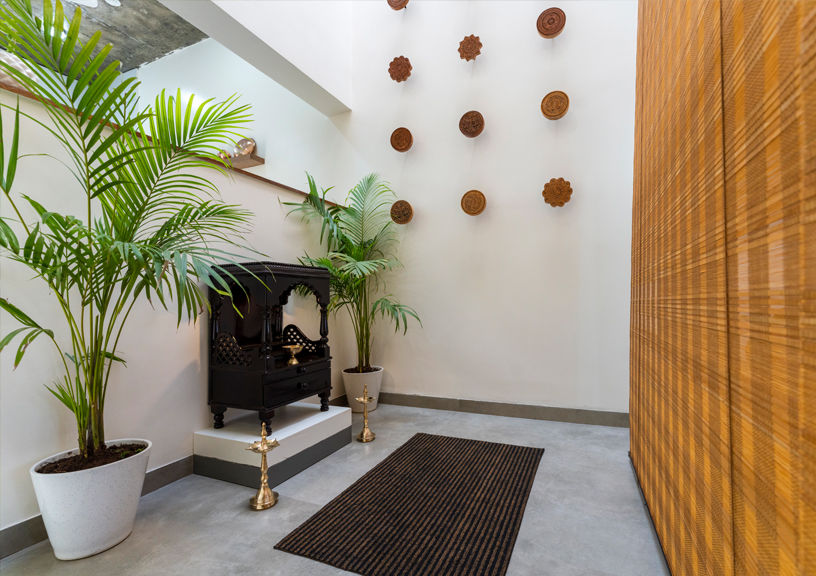
Given the design brief and budget of the client, conceptually it was important that the design solution proposed yielded out of conventional construction techniques to check the expenditure on construction materials and workmanship.
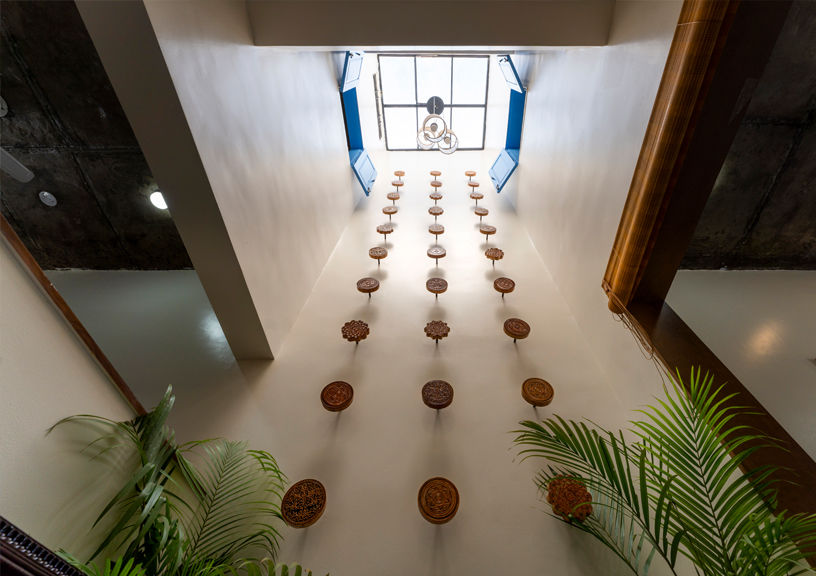
Concept:
Traditional “Mandalas” in Hinduism were re-interpreted to derive “Ardha-Mandala” which formed the concept of the entire design. The plan form thus evolved from Ardha-Mandala had skylit courtyard as the focal point and with Puja Room placed in it, the courtyard seams to radiate all the energies in form of concentric semi-circles to surrounding spaces in the house.
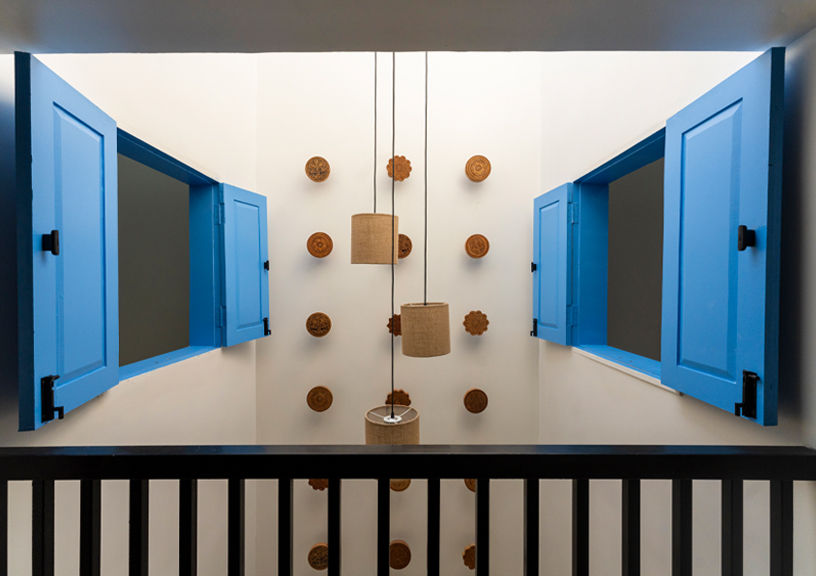
While almost entire circulation happened around this small courtyard, it also established connectivity through floors. The courtyard thus became the multi-dimensional spiritual soul of the house that catered for daylight, natural ventilation, connectivity through floors simultaneously radiating positive vibes throughout the house.

Planning:
The space planning started with segregating habitable spaces from service areas. The ground floor had public and semipublic areas like Living Room and Kitchen. The private areas were maintained on the first floor. The ground floor was designed as an open plan to create a perception of larger spaces.

These unhindered spaces not only increased the visual flow but also favoured cross ventilation creating cooler habitable environment. Curtains made from cane were used as screening to maintain the privacy whenever needed.

A semi-covered space was designed on the terrace floor that could be used as space for “Gruha Udyog” to boost the economy of the family. This semi-covered terrace could be effectively used for seasonal household activities, leisure, small family functions, etc.

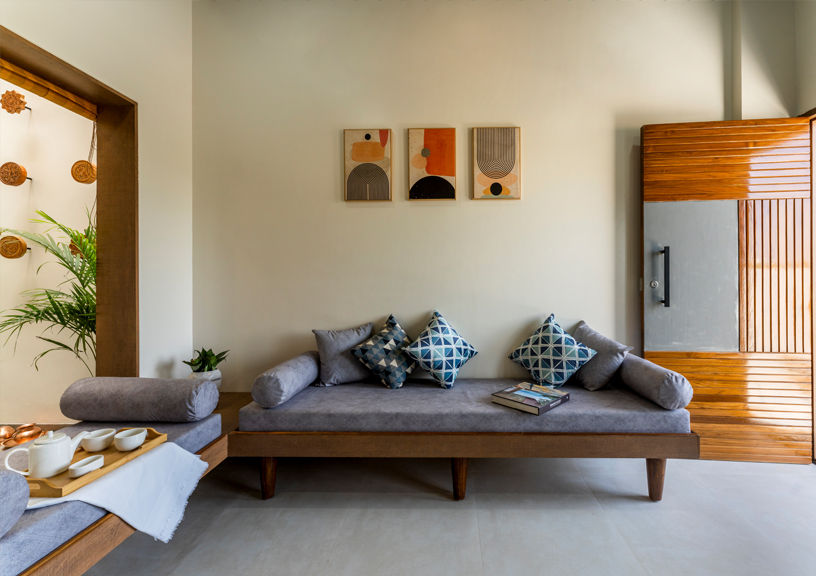
Interiors:
The interiors of the house were designed to fulfill the optimal functional needs of the client. Storage spaces and wardrobes for the bedrooms were designed in situ at the time of construction itself. Bedrooms had mere mattresses as bed that could be either added to house increased number of users or even removed to create a free multifunctional space.
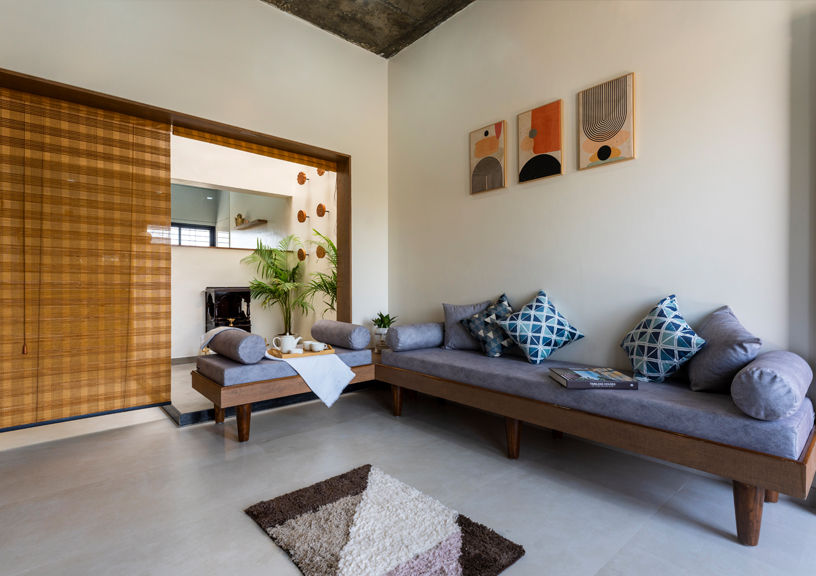
A subtle material palette with wooden laminates, white walls and exposed concrete ceilings is used in harmony in the interiors. Repurposed wooden block-printing stamps, cane curtains, earthen pots, brass artifacts, frames depicting traditional arts elevate the rural and traditional experience in the house.
